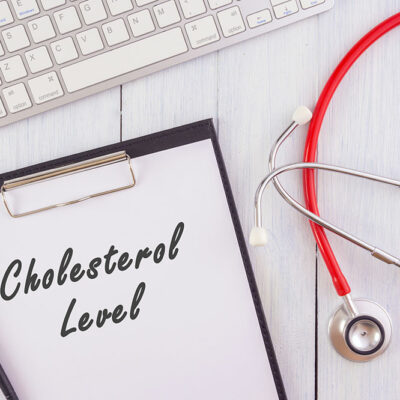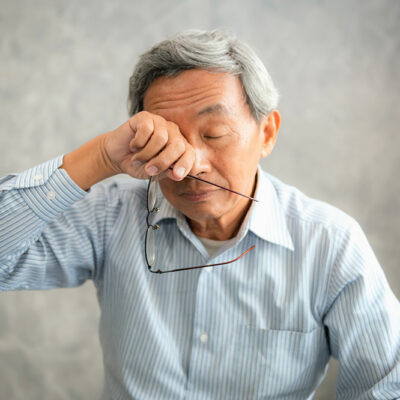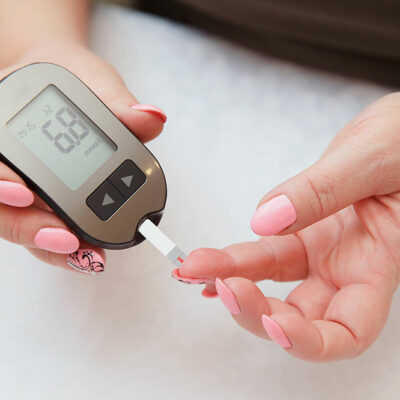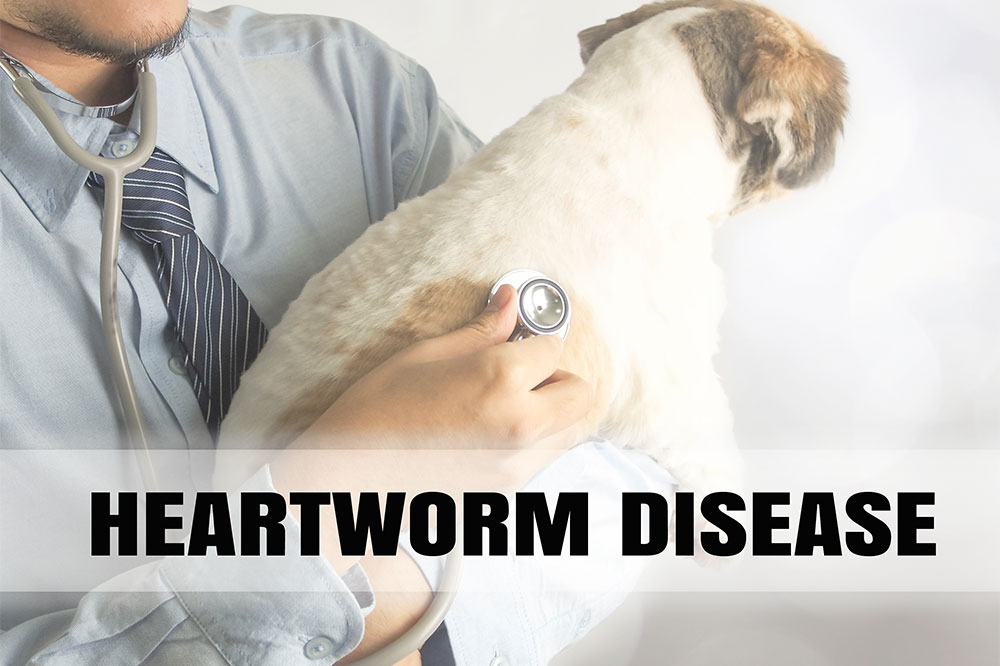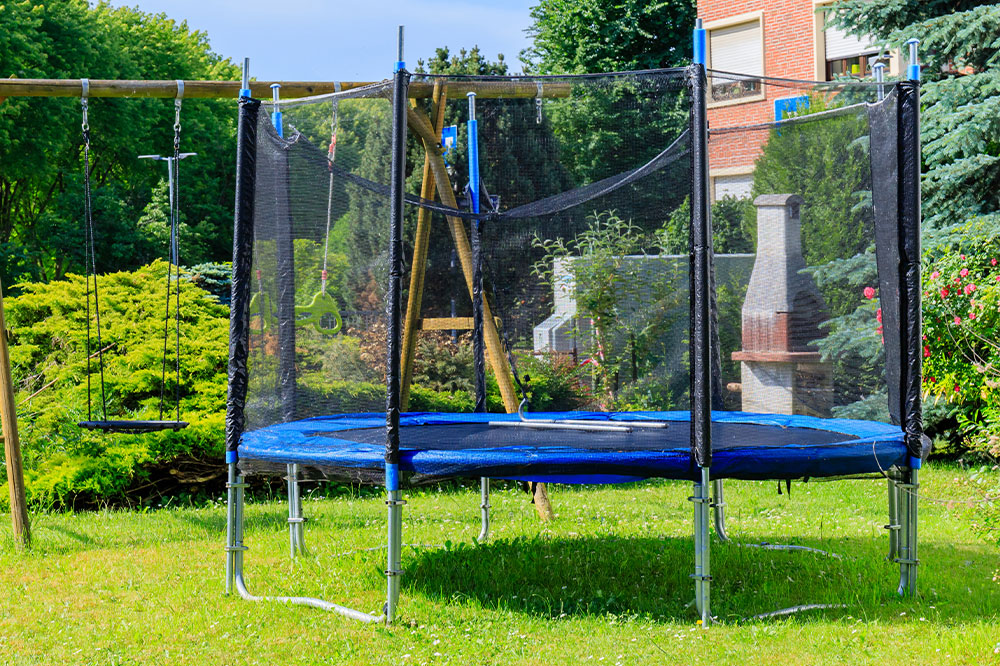Common and noticeable signs of developing arthritis

Arthritis is not a single condition. The term is used to describe a group of joint problems that develop throughout the body, mainly resulting in cartilage breakdown. There are over 100 subtypes of arthritis. But commonly, a majority of the population is affected by rheumatoid arthritis, osteoarthritis, gout, and psoriatic arthritis. There is no cure for the condition; however, identifying the trigger symptoms early can help one manage it better.
Prevalent signs and symptoms of arthritis
Joint problems
Arthritis tends to affect one or more joints simultaneously. So, pain can develop in different areas depending on the condition. For example, with rheumatoid arthritis, the pain develops in two symmetrical joints, commonly both hands and elbows. In addition to the pain, one might also experience stiffness caused by the leaking of synovial fluids in vital joints. The stiffness can persist for more than a couple of hours. Symptoms mostly develop on the small joints of the hands, feet, and also on the wrists, elbows, shoulders, lower back, hips, and knees. The pain and stiffness will vary depending on the type of arthritis.
Reduced range of motion
Arthritis affecting the joints will also decrease one’s range of motion due to stiffness and swelling. The joints are cushioned by cartilages that prevent the bones from making contact with each other, thus providing the necessary padding for a range of movement. However, arthritis inflammation can degrade the tissue and cartilage, protecting these joints. Without proper cushioning, the bones cannot move freely, resulting in stiffness.
Skin lesions and discoloration
The skin covering the affected joint is also affected in some types of arthritis, leading to discoloration, redness, and swelling. As the pain worsens, the surface of the skin might also become warm to the touch and cause pain similar to what one might experience with bruising. Psoriatic arthritis is one such subtype where these symptoms develop along with ad eye redness and changes in the color of the nails. These are some of the most visible symptoms of developing bone and joint problems. So immediate attention from doctors is advisable before the symptoms worsen over time.
Persistent pain and bone grinding
As the cartilage between two bone joints degrades and wears out, one will start to experience sharp bouts of pain due to the bones grinding against the joints. This pain shall worsen with even the slightest physical activity as the joints are not cushioned to absorb the impact. This is one of the more noticeable symptoms of osteoarthritis. As the symptoms worsen, it will become difficult to do even some of the most basic activities, like standing up from a chair or walking around the house.
Other unusual signs of arthritis
In some cases, one might also develop shortness of breath, chest pain, fever, and unexplained fatigue as the symptoms worsen. Rheumatoid arthritis is one condition that triggers these systemic symptoms, affecting other parts of the body as well. Also, persistent flare-ups compromise immunity as the body cannot fight and counter these autoimmune responses. So, the risk of infection and side effects is quite high among several known autoimmune disorders.
At any point, if the symptoms get worse or progressively trigger other health complications, immediate attention from a health professional is advisable. Early diagnosis and prompt treatment can improve quality of life.




